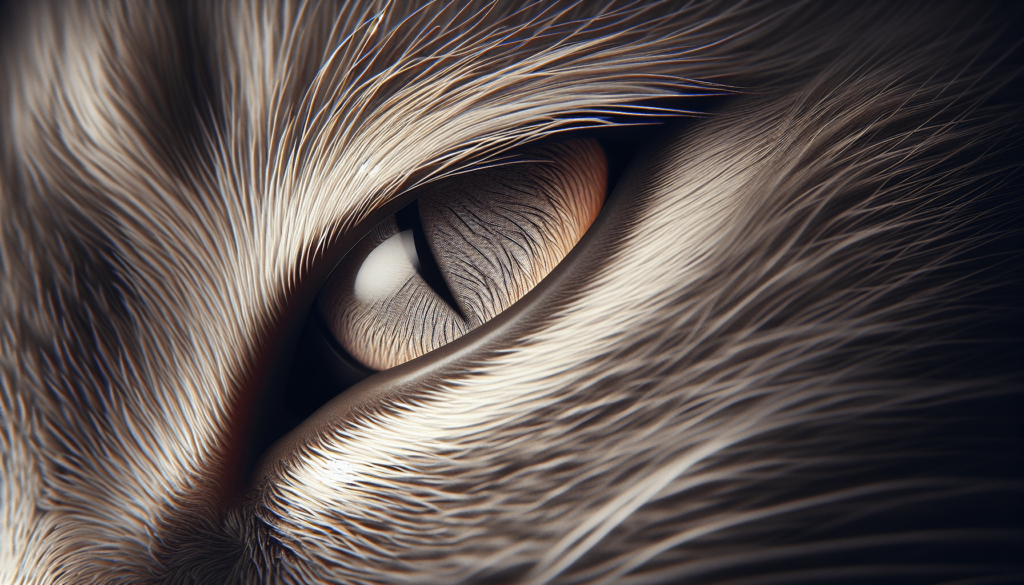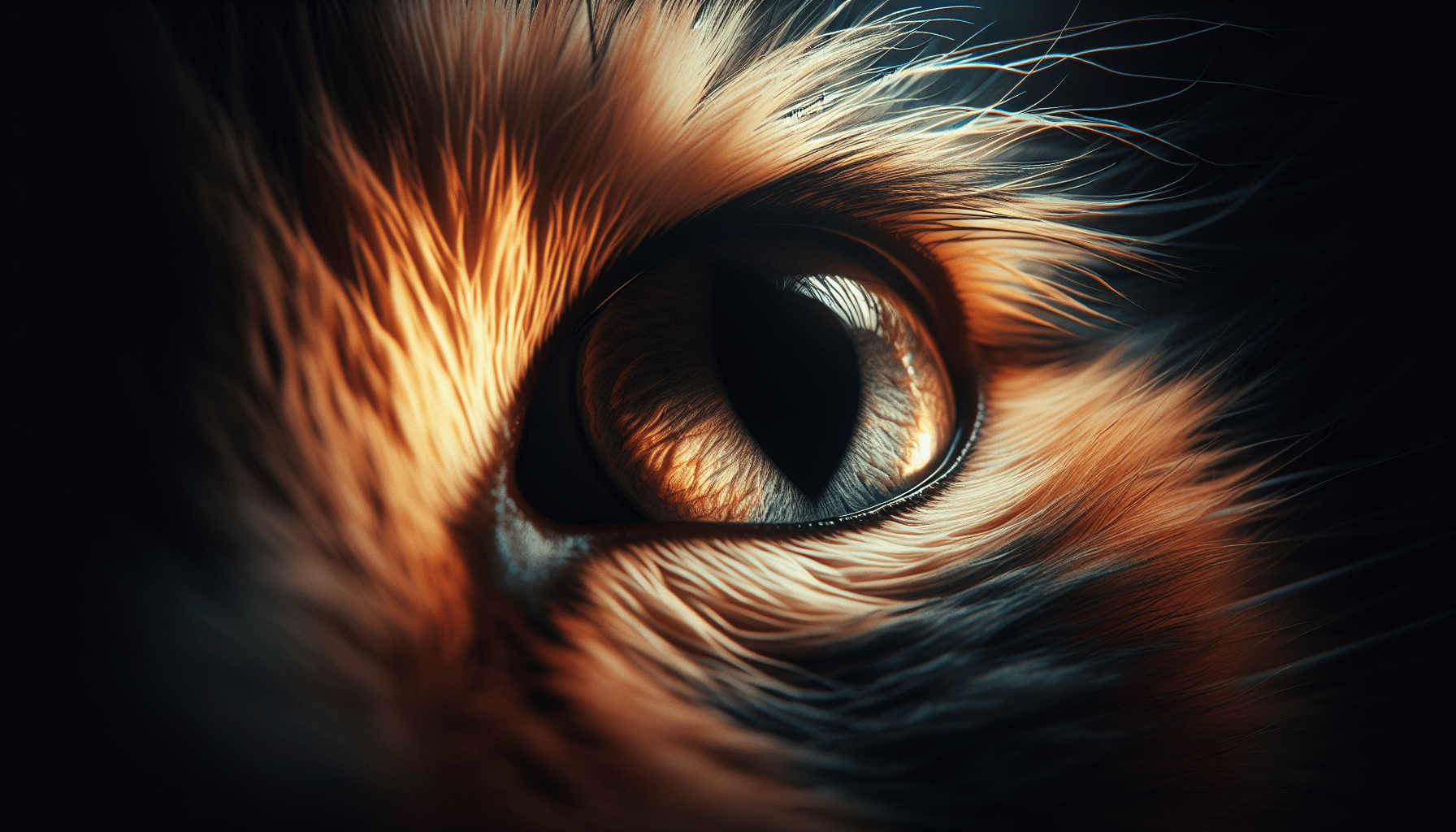Hello there! Have you ever wondered if cats blink like humans do? Well, the answer might surprise you. Cats do in fact blink, but not as frequently as humans. This behavior is actually a survival instinct that helps them stay alert to potential dangers in their environment. Let’s delve deeper into the fascinating world of cat behavior and explore the reasons behind their unique blinking habits. Do Cats Blink
Have you ever wondered if cats blink? Well, the answer might surprise you. Let’s delve into the fascinating world of feline behavior and find out if cats really do blink.
The Blinking Behavior of Cats
Cats do indeed blink, just like humans and many other animals. Blinking serves an important purpose for cats, helping to keep their eyes moist and free from irritants. However, the way cats blink is different from how humans blink.
When cats blink, it is often very quick, almost imperceptible to the naked eye. This rapid blinking is known as “kitty kisses” or “cat kisses” and is a sign of affection or contentment. So, the next time your cat gives you a quick blink, know that it’s their way of showing you love.
Why Do Cats Blink?
Cats blink for several reasons, but the primary purpose is to lubricate their eyes and keep them clean. The act of blinking helps spread tears over the surface of the eye, which moisturizes it and removes any dirt or debris that may have accumulated.
Additionally, blinking is a form of communication for cats. A slow, deliberate blink is a sign of trust and relaxation. When a cat closes its eyes around you, it shows that they feel safe and comfortable in your presence.
Understanding Cat Body Language
Cats are known to have a wide range of body language cues to communicate their feelings and emotions. Understanding these cues can help you better understand your feline friend and improve your relationship with them.
For example, a cat with dilated pupils and flattened ears may be scared or anxious, while a cat with a fluffy tail and arched back may be feeling aggressive or defensive. Learning to read your cat’s body language can help you respond appropriately and build a stronger bond with your pet.

The Physiology of Blinking in Cats
When cats blink, their eyelids are responsible for spreading tears over the surface of their eyes. Cats have an extra eyelid known as the “third eyelid” or nictitating membrane, which helps protect their eyes and keep them moist.
The third eyelid is a thin, translucent membrane that moves horizontally across the eye from the inner corner to the outer corner. It serves as an additional barrier to protect the eye from dust, debris, and other irritants.
Comparison of Cat and Human Blinking
While cats and humans both blink to keep their eyes lubricated and clean, there are some key differences in the way each species blinks. Cats have a much faster blink rate than humans, with an average of 5 to 6 blinks per minute compared to humans’ 15 to 20 blinks per minute.
Another difference is the presence of the third eyelid in cats, which provides extra protection for their eyes. Humans do not have a third eyelid, so we rely solely on our upper and lower eyelids to blink and protect our eyes.
Blinking Behaviors in Cats
In addition to regular blinking, cats exhibit other blinking behaviors that serve different purposes. Some cats may blink slowly and deliberately as a sign of trust and affection, while others may blink rapidly or hold their eyes wide open when they feel threatened or scared.
Rapid blinking in cats can indicate discomfort or stress, so it’s important to pay attention to your cat’s blinking behavior to understand how they are feeling. If you notice any changes in your cat’s blinking patterns, it may be a sign that they are experiencing physical or emotional distress.
Tips for Keeping Your Cat’s Eyes Healthy
Just like humans, cats need regular eye care to maintain good eye health. Here are some tips to help keep your cat’s eyes healthy and prevent common eye problems:
- Regular Eye Exams: Schedule annual check-ups with your veterinarian to have your cat’s eyes examined for any signs of infection, injury, or disease.
- Cleanliness: Keep your cat’s eyes clean by gently wiping away any discharge or debris with a damp cloth. Be sure to use a separate cloth for each eye to prevent the spread of infection.
- Healthy Diet: Feed your cat a balanced diet rich in essential nutrients to support eye health. Omega-3 fatty acids, vitamin A, and antioxidants are especially beneficial for eye health.
- Environmental Enrichment: Provide your cat with plenty of mental and physical stimulation to reduce stress and prevent eye problems associated with anxiety or boredom.
- Avoid Irritants: Keep your cat away from smoke, dust, and other irritants that can cause eye irritation or allergies. Regularly clean your home to reduce allergens and pollutants that could affect your cat’s eyes.
By following these tips, you can help keep your cat’s eyes healthy and ensure that they have clear vision for years to come.

Common Eye Problems in Cats
Despite their resilient nature, cats are prone to a variety of eye problems that can affect their vision and overall quality of life. Here are some common eye problems that cats may experience:
- Conjunctivitis: Also known as “pink eye,” conjunctivitis is an inflammation of the conjunctiva, the membrane that lines the inside of the eyelids and covers the eyeball. Symptoms include redness, swelling, discharge, and squinting.
- Corneal Ulcers: Corneal ulcers are open sores on the surface of the cornea, the transparent outer layer of the eye. Causes include trauma, foreign objects in the eye, and infections. Symptoms include redness, tearing, squinting, and sensitivity to light.
- Glaucoma: Glaucoma is a condition characterized by increased pressure within the eye, leading to damage of the optic nerve and loss of vision. Symptoms include redness, cloudiness, dilated pupils, and pain.
- Cataracts: Cataracts are opacities in the lens of the eye that interfere with vision. Causes include aging, genetics, and diabetes. Symptoms include cloudiness, blurriness, and changes in eye color.
- Epiphora: Epiphora is excessive tearing of the eyes, which can be caused by allergies, infections, or abnormalities in the tear ducts. Symptoms include watery eyes, redness, and irritation.
If you notice any signs of eye problems in your cat, it’s important to consult with your veterinarian promptly. Early detection and treatment can help prevent complications and preserve your cat’s vision.
Conclusion
In conclusion, cats do blink, and their blinking behavior serves important purposes for their eye health and communication. By understanding why cats blink and how to interpret their blinking behavior, you can deepen your bond with your feline companion and ensure they have optimal eye health.
Remember to keep your cat’s eyes clean, provide a healthy diet, and schedule regular eye exams to prevent common eye problems and maintain their vision. By following these tips and staying attentive to your cat’s blinking patterns, you can help keep their eyes healthy and bright.
So, the next time your cat gives you a quick blink, know that it’s their way of saying “I love you” in their own special way. Cherish these moments and continue to care for your cat’s precious eyes with love and attention.

